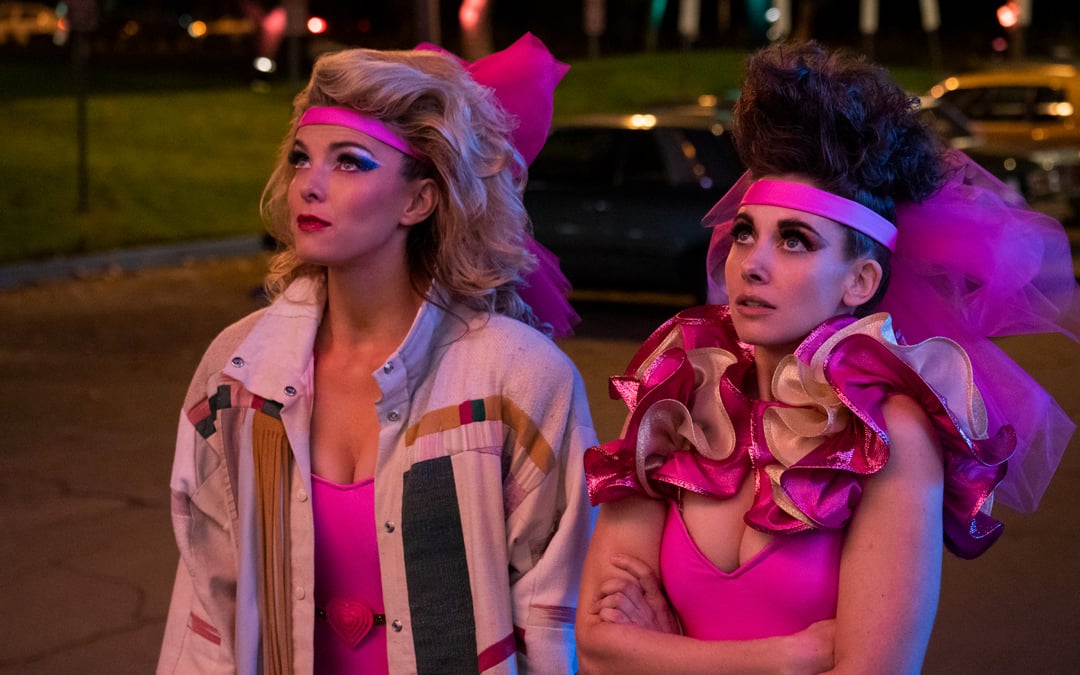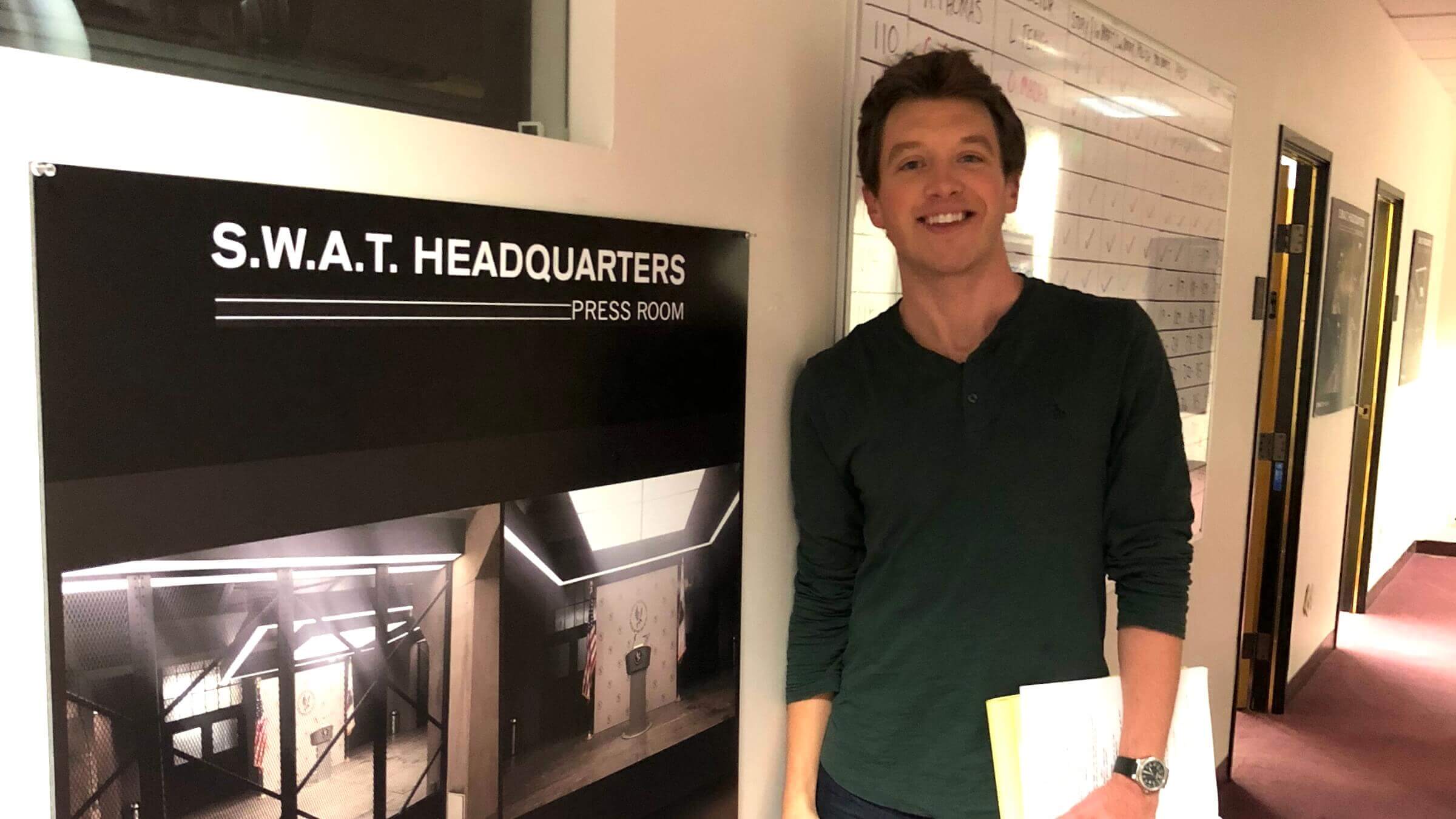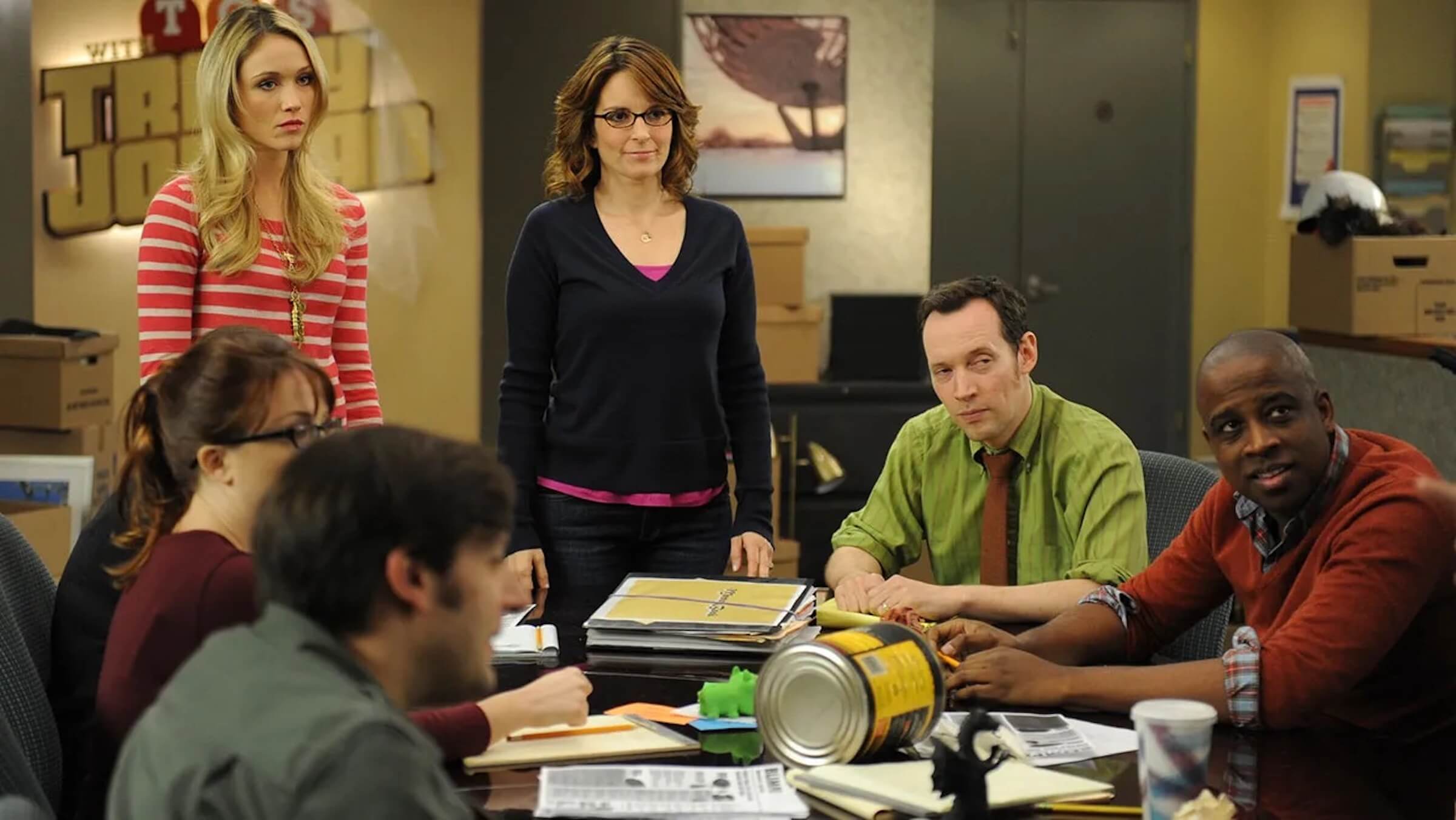Writers' Room Etiquette for Screenwriters
May 7, 2024
Picture this: somehow, through the ups and downs of showbiz, after many scripts written and not produced, you’ve managed to get staffed on your very first TV show. Congrats! The writers’ room is where TV is born, and while landing a TV writing gig is no easy feat, your writing and perseverance have proven successful. But now what?
While you know how to write a story and you have an idea of what a writers’ room does, how do you act in a writers’ room? What are you allowed to say and not to say? Do you need to wait your turn to speak? As a new writer, are you even allowed to speak?
With any new job, there is a protocol and etiquette to learn and follow, and a writers’ room is no different. Below, TV writer Jennifer Kassabian (Degrassi: Next Class, Frankie Drake Mysteries) answers the most common and not-so-common questions when it comes to writers’ room etiquette.
Read More: Jennifer Kassabian Takes You Inside the Writers' Room for a Day
How Are Boundaries Generally Determined in the Room?
According to Kassabian, the boundaries and rules of the writers’ room are usually done by the showrunner and usually done on day one. “It’s not always spoken but you get their ethos in the way they run a room,” she says.
“Some rooms like to think more, so don’t be a chatty Cathy. Some rooms allow risqué jokes, and some showrunners don’t dig that," Kassabian says. "Some showrunners explain the way the room will work, and that is how the major rules are determined. You also get a sense of how the room operates as it moves along.”
So, stay attuned to the general vibe of the room, and you’ll be fine.

Who Can Say What, When?
Usually, the topic of the day is announced by the showrunner, says Kassabian, which might include working on a character, an arc, or breaking episodes.
“They start with their headlines, and whoever is running that episode follows suit with their ideas, as well,” Kassabian explains. “For an episode break: you go act-by-act and chime in when you have an idea that is of value to say, from a character POV or a story POV, you find the rhythm in the room of when to talk, and there are usually ample opportunities to speak. In good rooms, you don’t move on unless there’s a consensus we’re all digging the direction [we’re going in], and everyone who had something to say said it. It is spontaneous work in a controlled state.”
Again, understanding the general vibe of the room is helpful. For example, Kassabian says if the room runs on high energy, and there are a lot of fast pitchers, “Then the room moves faster, and you kind of learn how to get on that train and jump in."

As for interrupting, Kassabian says it’s perfectly fine, but “it’s not fine to keep talking over someone.”
"If you interrupt, the writers usually decide who speaks first of the interrupting duo, then the second person says their piece right after,” Kassabian says.
If the room is more cerebral, Kassabian says you learn when to talk based on rhythm or body language. “It’s actually true that you should be able to tell when your showrunner/a fellow writer is thinking and to know to be quiet to let them think before throwing out a dozen more pitches.”
Typically, on the whole, junior writers say less, but according to Kassabian that isn’t always because of hierarchy but more to do with “being green and learning and more senior writers just do it faster, because they have been doing it longer, have a stronger sense of story, and macro of putting a show together. Experience talks!”
Read More: The Screenwriter's Toolbox Part I: Loglines and pitches

When Pitching an Idea, What’s the Appropriate Approach?
It depends. More than likely, showrunners will dictate the way to give feedback by example, and Kassabian says you also don’t have to comment if it’s not your episode, or if you like it or not, you can let the writer of the episode (or showrunner in the room) critique it.
If it’s your episode and you are not feeling a pitch, Kassabian says it’s safe to signal appreciation, or if time permits you might be able to riff on it and see if it can work. “Sometimes grand ideas come from something you might have said 'no,' too,” she says. “If time is pressing and you just don’t dig it, you can say, ‘That’s not really working for me, but I can see it working in another episode,’ which usually gets the message across in a collaborative way.”
She says it also depends on who is in the room with you, like if you are staffed with writers you worked with before, so people are less likely to be precious, so you can be more direct. You might say something like, “I don’t think that will work, because…” or even “I’m just not feeling that.”
The biggest no-no is negative talk for the sake of being negative, like saying things like, “Oh I hate that idea,” or “No, don’t like that,” and offering no solutions. “It drains the room of energy, it creates low morale, and it’s unprofessional,” Kassabian says. “Interrupting or talking over the showrunner is also a no-no. Yes, sometimes in pitching you get worked up and excited, and it turns into a free-for-all. If your showrunner is trying to execute (or anyone mid-pitch), one should be quiet. The other no-no related to that is if the showrunner has expressed, that they are not into an idea, do not keep trying to make it work and pitch it. They have spoken. Let it go.”
Kassabian says praise is shown in any way you want, whether it’s via excitement, cuss words, or literally telling your fellow writer, “That’s brilliant!” or “Awesome!” or “Let’s do that!”
Encouragement is shown, for example, if a writer is stuck or struggling. Kassabian explains that giving space and time or using plural nouns, shows that everyone is all in it together and keeps things positive and encouraging. You might say something like, “Why don’t you take a few and think on that, and we’ll all take 10 for a break.” Or, “It’s so close, we’re only one or two pegs away.”

How Do You Deal with an Impasse?
As a writer, it’s natural to fight for the ideas or stories you’re passionate about, but what happens if you reach an impasse in the room on a story arc or your brilliant idea is immediately rejected?
According to Kassabian, debates are welcome in the writer’s room, but they should never be personal or taken personally.
“The best story and character moments come when there is debate around them,” she says. “When the showrunner is in the room, and the room is at loggerheads over something, usually they’re the ones who choose the side to go with, as it’s their show and vision. If the showrunner is not in the room, then you usually put a pin in it, continue working, and when the showrunner returns you present both A and B versions of it, and again they decide. Sometimes, if two people in the room are really up in arms, the rest of the room weighs in, and the majority rules.”
And if your idea is shot down, can you make your case for it? Kassabian says yes, only if it’s something you feel strongly about that is rooted in a story or character and not because of your ego.
“You are fighting for it because you feel it works for the show,” she explains. “No one holds this against you, and the more comfortable in a room you are, the more you can fight. If the showrunner is not around, it’s very common for writers to bat ideas or challenge ideas for the better part of a day. But generally, once you make your case for the second time (or third) and/or the showrunner has spoken and it’s not going over well, it’s time to let it go.”

What Is the “What Is Said in the Room Stays in the Room” Rule?
Because many stories are born from personal experiences, Kassabian says having trust is so important in the room. “Do I trust you with my raw thoughts and feelings? Will you value them and protect them from the outside world, AKA if we move in the same circles, will people end up knowing what I said?” she says.
Kassabian continued: “If writers don’t feel the trust, then they simply won’t share, and not sharing means the best stories, characters, and emotions, are held back. Which makes for less-than-ideal television. Stories need points-of-view, emotional resonance, specificity to life- and all that comes from writers’ sharing, so the trust is omnipotent because everyone gets guarded if you don’t feel safe, and feeling safe means no one outside the room is going to know about this.”
Kassabian shares that she has told stories in the room that even her closest friends don’t know because “there was story potential, because there is no personal judgment to stories, so it’s always absorbed in respect to character and story and being used as fuel for the creative, which is not the purpose of gossip in social groups!”
She adds if someone is coming in with a personal story, “It’s being pitched for a reason. Be kind. Listen. Support new writers learning to pitch. Every room tries to hold on to the basics of humanity and creativity.”
Read More: On-Set Etiquette for Screenwriters
Written by: Brianne Hogan
Brianne Hogan is a freelance writer currently based in Prince Edward Island. A film studies graduate from NYU, her byline's been featured in Creative Screenwriting, ScreenCraft, The Huffington Post, among others. "Jurassic Park" is unashamedly her favorite movie (at this moment). You can follow Brianne on Twitter via @briannehogan



